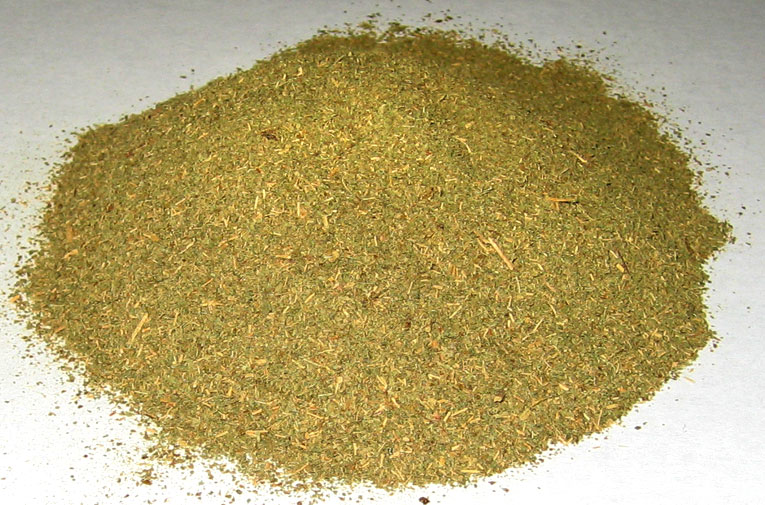Doctor Arrested for Off-Label Prescribing of Subsys
/By Pat Anson, Editor
A Las Vegas pain management doctor has been arrested and charged with 29 counts of healthcare fraud and unlawful distribution of fentanyl.
Steven Wolper, MD, was indicted by a federal grand jury for illegally prescribing Subsys, a fentanyl-based oral spray, to 22 patients that the doctor falsely claimed had cancer. Most of the patients were Medicare beneficiaries. One died of an overdose after self-injecting Subsys.
Fentanyl is a synthetic opioid 50 to 100 times more potent than morphine.
The Food and Drug Administration has only approved Subsys for the treatment of breakthrough cancer pain. Although off-label prescribing of drugs is common in the medical profession, federal prosecutors maintain that “there are no off-label uses approved” for Subsys and that Holper prescribed it “without a legitimate medical purpose and outside the usual course of professional practice.”
One of Wolper’s patients – referred to as “Patient A” in the indictment -- received several prescriptions for Subsys starting in 2014. Two years later the patient died after using a syringe to inject leftover Subsys directly into their arm.
“Hundreds of Subsys canister sprays were found in and around Patient A’s bedroom, bathroom, work place, and vehicle after Patient A’s death,” the indictment says. “If Patient A had not used remaining fentanyl from the used Subsys canisters Patient A received from defendant Holper, Patient A would not have died when he/she did.”
If convicted, the 66-year old Holper faces up to 20 years in prison for illegal distribution of a controlled substance and 10 years for health care fraud.
“Dr. Holper is charged with needlessly prescribing one of the deadliest forms of opioids and defrauding U.S. taxpayers,” said FBI Special Agent in Charge Christian Schrank. “With our law enforcement partners we will continue our fight to bring these suspected criminals to justice and protect our communities.”
Subsys has been blamed for hundreds of overdose deaths, and federal prosecutors have accused its manufacturer, Insys Therapeutics, of fraud and racketeering in promoting its use. The Arizona drug maker allegedly misled insurers into paying for Subsys and encouraged doctors to prescribe it off-label for non-cancer pain.
The government’s willingness to prosecute Dr. Holper and a handful of other doctors for the off-label prescribing of Subsys could have potentially troubling implications for Dr. Forrest Tennant, a prominent California pain physician whose home and pain clinic were raided by the DEA last November.
Tennant only treats intractable pain patients and makes no secret of the fact that he prescribed Subsys off-label to about two dozen of his patients in severe pain. He considers Subsys a useful medication to treat non-cancer patients who would otherwise suffer without it.
“My contention is that its perfectly acceptable to prescribe (Subsys) off-label,” Tennant told PNN, adding that he has a letter from an FDA commissioner stating that fentanyl products are not prohibited from off-label use. “I think the number of doctors who prescribed Subsys off-label is up in the hundreds.”
Tennant has not been charged with a crime and has denied any wrongdoing.
The grand jury indictment of Dr. Holper came one week after Attorney General Jeff Sessions said there would a be a 45-day “surge” in law enforcement efforts targeting doctors and pharmacists who prescribe and dispense high doses of opioid medication.
"Our great country has never before seen the levels of addiction and overdose deaths that we are suffering today. Sadly, some trusted medical professionals like doctors, nurses, and pharmacists have chosen to violate their oaths and exploit this crisis for cash -- with devastating consequences,” Sessions said in a news release announcing Holper’s indictment.
“Our goals at the Department of Justice for 2018 are to reduce the number of opioid prescriptions, the number of overdose deaths, and violent crime -- which is often drug-related. That's why I created the Opioid Fraud and Abuse Detection Unit and sent 12 top prosecutors to opioid hotspots around the country: to help us find the medical fraudsters who are flooding our streets with drugs. These prosecutors are already issuing indictments from Pittsburgh to Las Vegas.”























